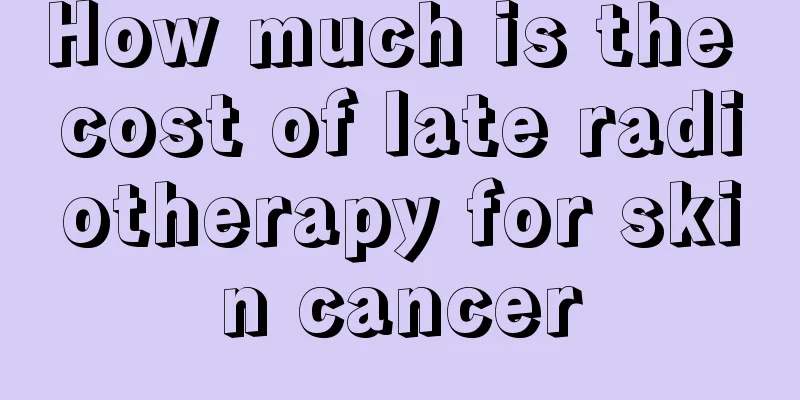Sinus tachycardia and nervousness have these symptoms

|
Sinus tachycardia caused by tension is a physiological disease. It usually lasts for a short time and will not cause too much harm to the human body, so there is no need to worry. However, if the sinus tachycardia is caused pathologically, special attention should be paid, as it is extremely harmful to the patient and must be treated actively. 1. Causes Physiological factors: Physiological sinus tachycardia is an "adaptive" phenomenon. There are many factors that affect heart rate, such as normal human physical activity, emotional excitement, a full meal, drinking strong tea or coffee; smoking and drinking can excite the sympathetic nerves and accelerate the heart rate. Changes in body position, such as standing up, excite the sympathetic nerves and increase the heart rate; while lying down, the heart rate slows down. Sinus tachycardia caused by physiological factors is often transient and short-lived. 2. Clinical manifestations 1. Symptoms and signs: There are no special symptoms. It is often caused by other diseases. Its clinical symptoms are related to the degree to which the increased heart rate affects hemodynamic disorders and is also related to the basic heart state. When the heart rate increases slightly, cardiac output increases, the heart's working efficiency increases, and the patient may not have any symptoms. When the heart rate is too fast, the patient may experience symptoms such as palpitations, shortness of breath, chest tightness, irritability, and even chest pain. Symptoms also vary greatly from person to person. Normally, the heart's working efficiency is maximum when the heart rate increases from about 70 beats/minute at rest to about 2.5 times (180 beats/minute). When it exceeds 180 beats/minute, the heart's working efficiency is significantly reduced and cannot meet the body's needs. This is because when the heart rate is >180 beats/minute, myocardial oxygen consumption increases significantly, coronary blood flow decreases (more obvious in patients with coronary heart disease), the end-diastole is shortened, ventricular filling decreases, and cardiac output per beat decreases. The heart rate increases to 100-150 beats/minute, and in a few people it can reach 160-180 beats/minute. Physiological ones are mostly transient; if caused by organic heart disease, the tachycardia will last longer. The apex beat is strong, the heart sounds are enhanced, and the carotid artery pulsation is obvious. 2. Complications: Often caused by other diseases, so the complications are related to the causes. Common complications include corresponding critical symptoms such as acute pulmonary edema, heart failure, cardiogenic shock, etc. If tachycardia lasts for a long time, the heart rate is too fast or people with underlying heart disease may experience symptoms such as dizziness, syncope, and blackouts. |
<<: How to solve low blood pressure caused by anemia
>>: How to identify nail melanoma
Recommend
Who can't eat ice grass
Ice grass is an edible vegetable, not a wild plan...
Do raw pickled shrimps have parasites?
Shrimp is a seafood that many people love to eat....
What to do if the hairline is sunken on both sides
If the hairline is sunken on both sides, the whol...
What are the symptoms of liver mass?
The liver is the most important basic organ for t...
What are the specific preventive measures for cervical cancer?
Women may have many gynecological diseases, and c...
Can a blood test detect nasopharyngeal cancer?
Nasopharyngeal cancer cannot be diagnosed by simp...
Causes of acne on the philtrum
No matter which part of the face is affected, if ...
Surgical options for early gastric cancer
The recurrence rate of surgical treatment for ear...
Pituitary tumor craniotomy What are the symptoms of pituitary tumor
An 18-year-old male patient presented with headac...
Symptoms of rectal cancer include increased intestinal secretions
The symptoms of rectal cancer include increased i...
What is the best way to make your feet smaller?
Many people have the problem of big feet, especia...
Treatment of synovitis
There are many kinds of diseases in life. When tr...
Pain when pressing the spine in the middle of the back
Occasionally, people will feel that the middle sp...
What to do if squamous cell carcinoma metastasizes to the stomach in the elderly
The patient, male, 59 years old, was diagnosed wi...
Which are the best Chinese medicine hospitals for testicular cancer
Living conditions have gradually improved, but di...









